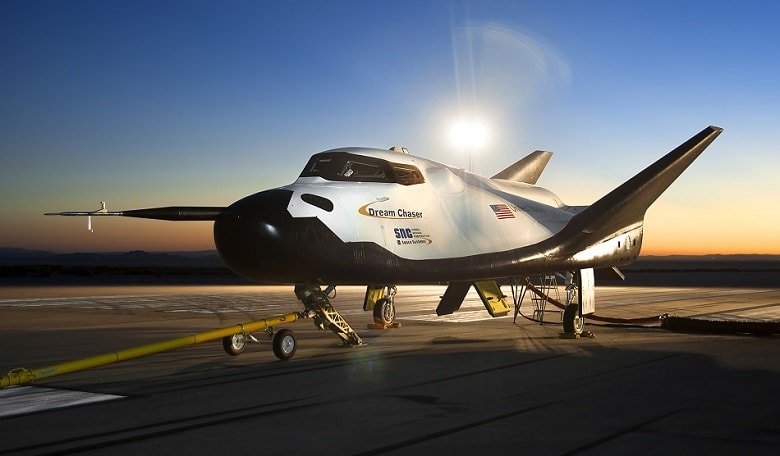Sierra Nevada Corporation's success in winning a NASA contract to deliver cargo to the International Space Station will result in a 33 million euro investment by the European Space agency, after a cooperation agreement is signed in the near future.
Following the official agreement, ESA will commence building the first flight model of the International Berthing and Docking Mechanism (IBDM), which will be used by Sierra Nevada's Dream Chaser Cargo System to attach itself to the ISS.
ESA will invest 33 million euro to design the IBDM and build a flight model for the first cargo run. After that, the IBDMs will be financed by Sierra Nevada.
Sierra Nevada's Dream Chaser was originally designed to carry astronauts and only later adapted for unmanned cargo missions. Back in 2014, the ESA joined forces with Sierra Nevada to adapt the IBDM to the Dream Chaser, spending about 8 million euros on the early stages of work. Those plans came to a halt when Sierra Nevada was passed over for the commercial crew delivery contract by NASA.
But Sierra Nevada's January 14 th win of the second round of NASA's Cargo Resupply Services (CRS-2) contract, which includes at least six missions to the ISS through 2024, means a new hope for the ESA agreement.
ESA Director-General Johann-Dietrich Woerner said the NASA contract revives not only the IBDM collaboration, but also studies of future launch of the Dream Chaser inside the fairing of Europe’s Ariane 5 rocket.
“There is a memorandum of understanding not only with ESA and SNC, but also between SNC and some of the other national space agencies [in Europe],” Woerner said during a January 18 press briefing. “These are looking at different technologies, coming from Europe, to be used in Dream Chaser, as well as using Dream Chaser for European purposes such as microgravity research.
“There is also the launching aspect,” Woerner said. “The idea is to have Dream Chaser also launched with an Ariane. We have checked and that is possible. There is already a plan to have folded wings. There was some discussions about whether this would be possible with astronauts, but that is not what we are discussing now, although even that would be possible.”











